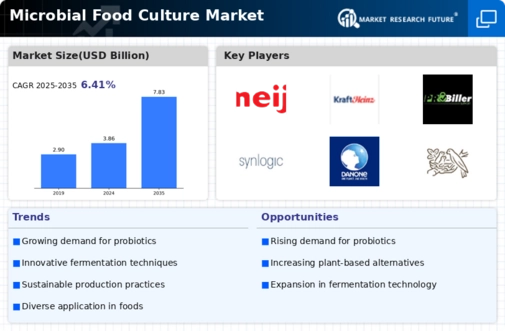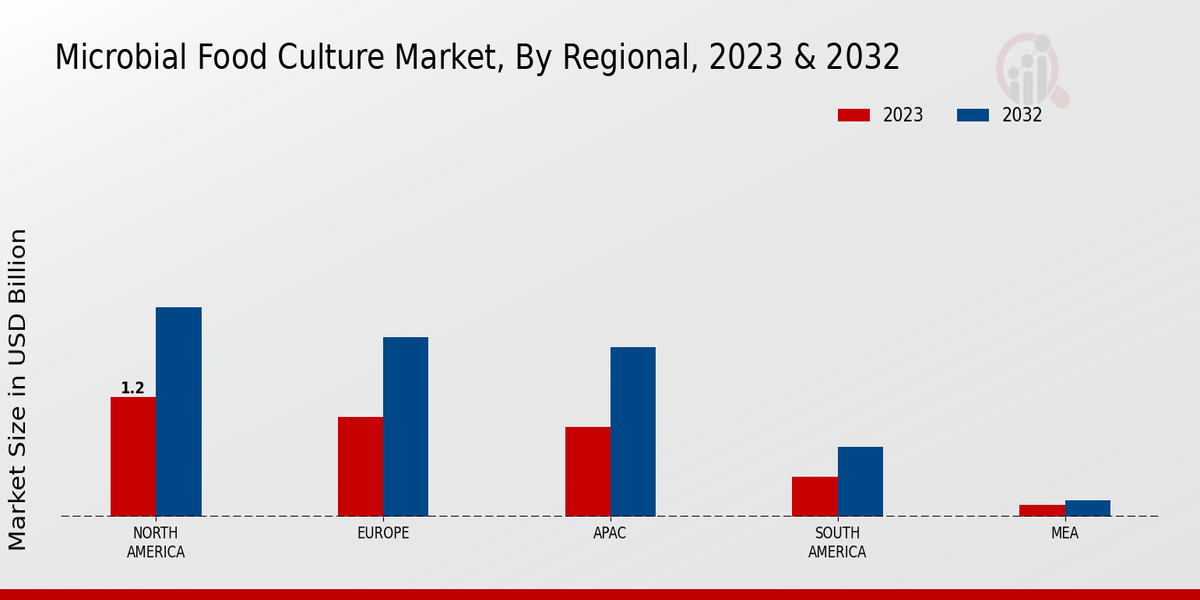The Microbial Food Culture Market is witnessing significant growth as consumer demand for probiotic and fermented foods continues to rise, driven by an increasing focus on health and wellness. This market encompasses a diverse range of products that utilize microorganisms to enhance flavor, texture, and nutritional value in various food items. The competitive landscape is characterized by a mix of large multinational corporations and smaller, specialized companies, each leveraging unique strengths, technological advancements, and strategic partnerships to establish their presence.
As the industry evolves, players are focusing on innovation, product diversification, and acquiring regional footholds to meet the growing consumer expectations for high-quality and sustainable food products.
DuPont stands out in the Microbial Food Culture Market due to its robust research and development capabilities, which allow the company to create innovative microbial solutions tailored for the food industry. The company benefits from its extensive portfolio that covers a wide range of food applications, providing essential cultures for dairy, meat, and bakery products. DuPont has a strong emphasis on quality and safety, ensuring that its microbial cultures meet rigorous industry standards. The brand is also recognized for its commitment to sustainability and environmental stewardship, generating trust and loyalty among consumers.
Moreover, its strategic collaborations with food manufacturers demonstrate DuPont's proactive approach in catering to market demands, enhancing its competitive edge.
Meiji Holdings has established a significant presence in the Microbial Food Culture Market by focusing on high-quality products, particularly in the dairy sector. The company's emphasis on research and development enables it to introduce novel microbial cultures that enhance taste and nutritional profiles. Meiji Holdings' commitment to continuous improvement and innovation has positioned it as a reliable source of microbial solutions within the industry. Additionally, the company's strong distribution network facilitates its reach across various regions, strengthening its market position.
Meiji Holdings consistently prioritizes customer satisfaction through its comprehensive support and expertise in utilizing microbial cultures, which further solidifies its role in the competitive landscape.














